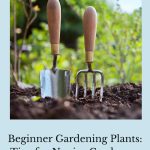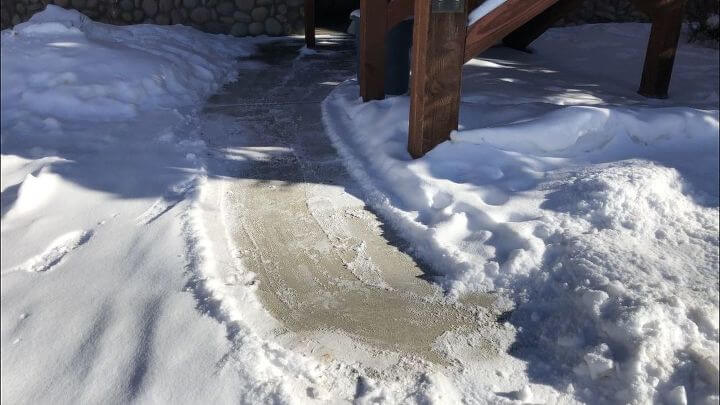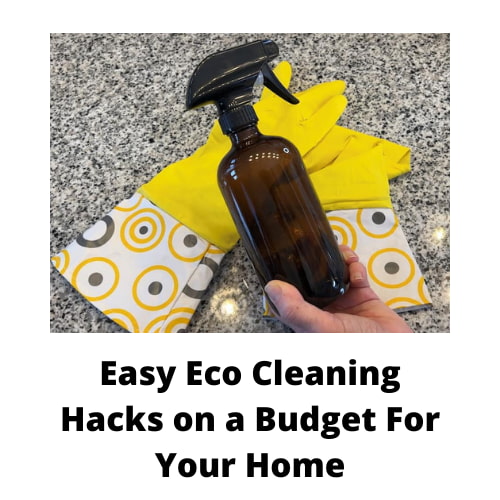Beginner Gardening Plants: Tips for Novice Gardeners
Are you looking for beginner gardening plants? Embarking on your gardening journey can be a truly rewarding experience. Properly selecting the right plants not only enhances your garden’s aesthetics but also increases its productivity.
This post may contain affiliate links, I earn from qualifying purchases at no extra cost to you. Click here for my disclosure policy
In this guide, we’ll explore some helpful tips you can use to select plants as a novice gardener, starting with challenges you should learn to navigate.
Ready to start putting your green thumb to fruitful use?

Understand the Challenges of Beginner Gardening
As a beginner in gardening, you might face a number of challenges. Dealing with pests or diseases, for instance, can seem overwhelming. Your plants may not thrive as you hoped due to the wrong soil composition, inadequate watering, or poor light conditions.
You might also struggle with learning when to plant certain seeds or transplant seedlings. Managing weeds could become tedious over time as well.
Inarguably, one of the most challenging aspects, when you are about to get started in gardening is choosing the right plants that will flourish in your specific garden conditions.
Tips for Novice Gardeners When Selecting Plants
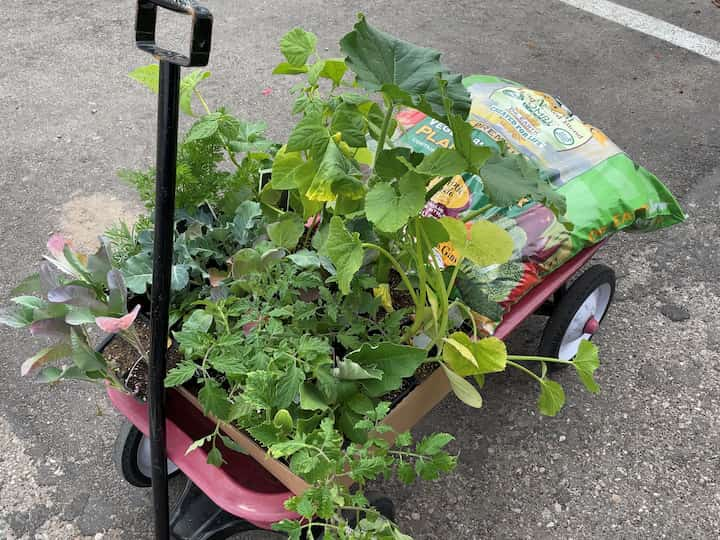
What should I plant as a first gardener? What plants should a beginner grow?
1: Start with Easy-to-Grow Plants
As a new gardener, it’s essential to begin your journey with plants that are easy to grow for a rewarding experience. These plants require less intricate care, allowing you to gain practical experience without overwhelming yourself. Examples include herbs like mint and parsley or flowers such as marigolds or pansies.
Here’s a list of beginner-friendly vegetables that are relatively easy to grow:
- Tomatoes: Tomatoes are one of the most popular and rewarding vegetables for beginners. They can be grown in pots or in the ground, and there are many varieties suitable for different climates.
- Cucumbers: Cucumbers thrive in warm weather and can be grown on trellises to save space. They’re great for fresh eating and pickling.
- Radishes: Radishes are fast-growing and can be ready for harvest in as little as 3-4 weeks. They’re perfect for adding a peppery crunch to salads.
- Green beans: Both bush beans and pole beans are easy to grow and can produce a bountiful harvest throughout the growing season.
- Summer Squash: Summer squash includes varieties like zucchini, yellow squash, and pattypan squash. These plants are fast-growing and produce an abundance of tender, flavorful fruits during the warm summer months.
- Peppers: Bell peppers and chili peppers are generally low-maintenance and can be grown in pots or in the ground.
- Carrots: Carrots are easy to grow in loose soil, and you can find varieties suitable for containers or small gardens.
- Beets: Beets are hardy and can be grown in various climates. The greens are edible too and can be used in salads or cooked.
- Onions: Green onions or scallions are easy to grow and can be harvested as soon as they’re large enough to use.
- Peas: Peas are great for beginners and can be grown in both spring and fall. There are two main types:
- Snap peas: These have edible pods and are delicious eaten fresh or lightly cooked.
- Shelling peas: The peas inside the pod are removed and eaten; they can be used in various recipes.
- Snow Peas: Snow peas are a type of edible-podded pea, which means you can eat both the crisp, sweet pods and the tender peas inside. They are very easy to grow and can be sown directly in the ground or in containers.
Herb Garden:
- Parsley: Parsley is a biennial herb that is easy to grow in containers or garden beds. It adds a fresh, bright flavor to many dishes.
- Mint: Mint is a vigorous herb that grows well in containers. There are various types, such as spearmint and peppermint, each with its own unique flavor.
- Chives: Chives are a perennial herb that produce lovely purple flowers. They have a mild onion flavor and can be used in salads and as garnishes.
- Rosemary: Rosemary is a woody herb that thrives in sunny locations. It’s known for its aromatic and flavorful leaves, perfect for seasoning meats and vegetables.
- Thyme: Thyme is a hardy herb that comes in several varieties, such as lemon thyme or English thyme. It’s great for seasoning various dishes.
- Basil: As mentioned earlier, basil is easy to grow and a must-have for any herb garden, especially for those who enjoy Italian cuisine.
- Dill: Dill is a flavorful herb with feathery leaves and aromatic seeds. It’s easy to grow and adds a unique taste to dishes, especially in pickling and seafood recipes.
- Cilantro (Coriander): Cilantro is a versatile herb with bright, citrusy flavors. The leaves, known as cilantro, and the seeds, known as coriander, are both used in cooking.
Salad Greens:
Lettuce: Lettuce is quick to grow and can be grown in containers or garden beds. It’s a great choice for salads and can be harvested as needed.
- Arugula: Arugula has a peppery taste and grows quickly, making it an excellent addition to salads and sandwiches.
- Mesclun: Mesclun mixes typically include a combination of young lettuces, spinach, and other tender greens. They are easy to grow and offer diverse flavors and textures.
- Swiss Chard: Swiss chard has colorful stems and dark green leaves. It’s easy to grow and provides a continuous harvest throughout the growing season.
- Leaf Lettuce: Leaf lettuce comes in various shapes and colors and is easy to grow. You can harvest the outer leaves while allowing the plant to keep producing.
- Spinach: Spinach is a cool-season crop that grows well in early spring and fall. It’s nutrient-rich and great for salads and cooking.
- Kale: Kale is a nutrient-packed leafy green that thrives in cooler weather. It’s relatively low-maintenance and can be harvested as needed.
These vegetables and herbs should provide a good variety for a beginner garden, and they’re sure to reward you with fresh, homegrown produce to enjoy throughout the season. Happy gardening!
Flower Garden
Here’s a list of beginner-friendly flowers that are easy to grow and will add beauty to your garden:
- Marigolds (Tagetes): Marigolds are hardy annual flowers that come in various colors. They are easy to grow from seeds and are great for repelling pests from the garden.
- Zinnias: Zinnias are colorful, low-maintenance annual flowers that bloom in various shapes and sizes. They are perfect for attracting butterflies and bees to your garden.
- Sunflowers (Helianthus): Sunflowers are iconic and easy to grow from seeds. They bring a sunny and cheerful vibe to any garden and attract pollinators.
- Nasturtiums (Tropaeolum): Nasturtiums are edible flowers with vibrant colors. They grow well in poor soil and can be grown in pots or hanging baskets.
- Cosmos: Cosmos are airy and delicate flowers that bloom abundantly from summer to fall. They attract butterflies and are excellent for cut flower arrangements.
- Pansies (Viola tricolor var. hortensis): Pansies are cold-hardy annuals that offer a wide range of colors. They are perfect for adding splashes of color to fall and spring gardens.
- Petunias: Petunias are popular annual flowers that come in many colors and patterns. They are easy to grow in containers, hanging baskets, or garden beds.
- Daisies (Bellis perennis): Daisies are perennials that require minimal care and provide a charming addition to any garden.
- Lavender (Lavandula): Lavender is a fragrant perennial that thrives in sunny and well-drained locations. It’s not only beautiful but also great for attracting bees.
- Salvia (Salvia officinalis): Salvia, or sage, is a hardy perennial that adds lovely spikes of color to the garden. It’s also a great choice for attracting hummingbirds.
- Sweet Alyssum (Lobularia maritima): Sweet Alyssum is a low-growing annual with tiny, fragrant flowers. It’s excellent for filling in gaps between other plants and attracting beneficial insects.
- Geraniums (Pelargonium): Geraniums are popular annuals that come in a wide range of colors. They are relatively low-maintenance and can be grown in containers or garden beds.
These flowers are not only beautiful but also relatively easy to grow, making them perfect choices for beginner gardeners. They will add color, fragrance, and charm to your outdoor space, attracting beneficial insects and pollinators along the way. Happy gardening!
Shop any of these stores and I receive a small commission at no cost to you.
 GORILLA GRIP Extra Thick Pa...Shop on Amazon
GORILLA GRIP Extra Thick Pa...Shop on Amazon The Old Farmer's Almanac Ve...Shop on Amazon
The Old Farmer's Almanac Ve...Shop on Amazon gonicc 8" Professional Prem...Shop on Amazon
gonicc 8" Professional Prem...Shop on Amazon Gifts for Women,Gardening G...Shop on Amazon
Gifts for Women,Gardening G...Shop on Amazon
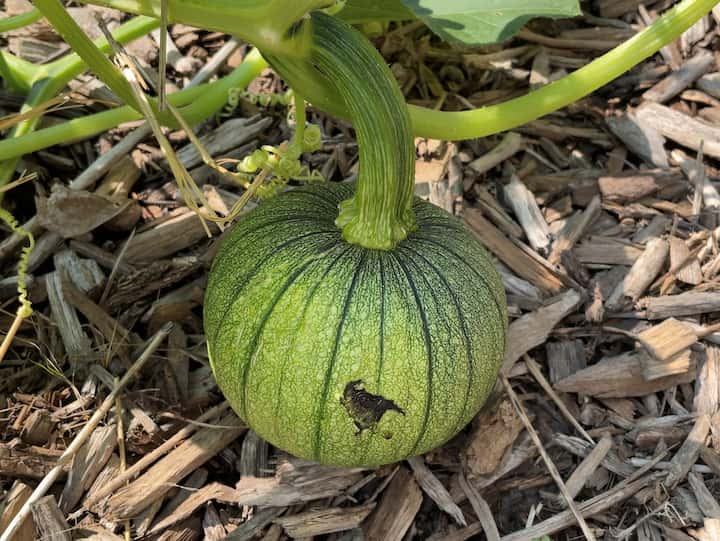
2: Research Your Plant Choices
Once you’ve gained a little confidence, don’t be afraid to branch out. Use online resources to study different plant species and their respective needs.
For example, if you want to venture into home-grown vegetables, consider checking out a reputed vegetable supplier directory for inspiration and advice.
Besides recommending the best places to source seeds and plantings, these online resources can also provide invaluable knowledge on what types of veggies flourish best in your gardening zone.
3: Choose Plants Appropriate for Your Climate
Your local climate plays a significant role in what plants will thrive in your garden. Some plants love warm weather while others thrive in cooler climates.
Make sure the plants you choose align with your region’s temperatures and seasonal changes. This consideration increases the chances that your greens will prosper and grow abundantly.
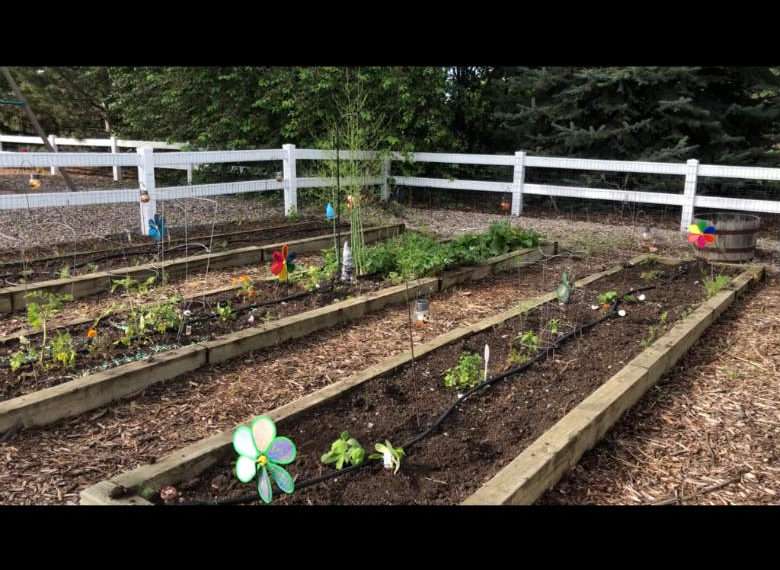
4: Consider Your Garden’s Sunlight Exposure
Sunlight is crucial to plants as it’s their main source of energy. The process of photosynthesis, where plants turn light into food, can’t occur without sunlight.
Without the proper amount of light, a plant may become weak. Such plants often produce fewer flowers or fruits, meaning a lower yield at harvest time.
Nonetheless, each plant has its own sunlight requirement. Some plants need a lot of sun, whereas others prefer shade.
Examples:
- Full-sun plants like tomatoes require at least six hours of direct sunlight per day.
- Herbs such as basil and rosemary need full sun – about six to eight hours of sunlight every day. They thrive best in sunny window sills when grown indoors or in garden areas that receive ample sunshine throughout the day.
- Root vegetables like carrots and beets can grow in partial shade but require a minimum of four to five hours of sunlight daily for robust growth.
- Partial-sun or partial-shade plants such as ferns and hydrangeas do well in three to six hours of sun each day.
- Shade plants like moss and ivy thrive with less than three hours of direct sunlight daily.
A plant’s need for sunlight also varies based on its species and growth stage.
Nonetheless, make sure you know where the sun shines most or the least in your garden, and for how long– then choose plants that fit those conditions. This way, you’ll ensure your plants get the amount of sunshine they require for healthy growth and a bountiful harvest.
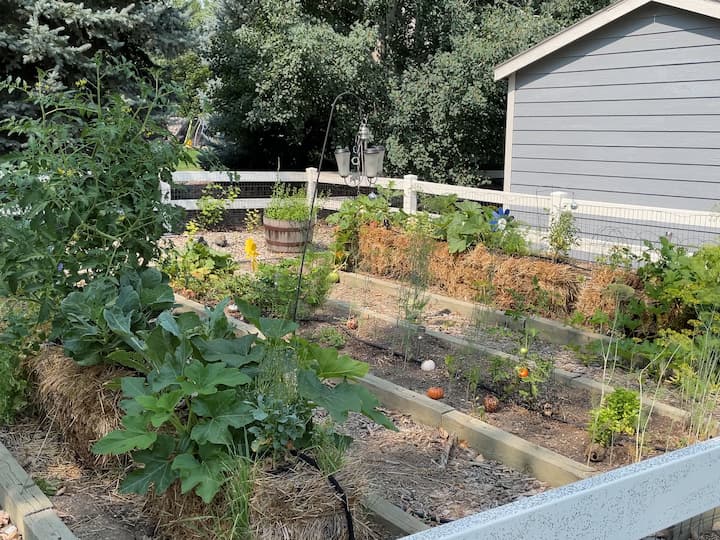
5: Evaluate Your Soil Quality
The quality of your soil determines which plants will flourish in it. It harbors the nutrients and other factors that plants need to grow and reproduce. So, before picking plants for your garden, test your soil to know its:
- Type: clay, sandy, loamy, or silt
- pH level: acidic, alkaline, or neutral
With this knowledge, you can select the right plants for your garden or amend your soil to suit certain types of plants.
For instance, root vegetables like carrots and potatoes prefer loamy soil, known for its balanced mixture of sand, silt, and clay. On the other hand, herbs like rosemary and thyme thrive in well-drained sandy soil as they replicate the dry conditions of their Mediterranean origin.
6: Think About the Purpose of Your Garden
This one is as simple as it sounds! Knowing why you’re gardening can dictate the kind of plants you should cultivate.
If aesthetics are your main concern, ornamental shrubs and flowering species may be ideal. Conversely, if you’re interested in cooking with fresh ingredients from your garden, focus on vegetables and herbs.

What month should you start a garden?
The best time to start a garden depends on the type of garden you want to grow and your location. Generally, there are three main types of gardens:
- Spring Garden: If you plan to grow a traditional vegetable or flower garden, the ideal time to start is in the spring, after the last frost date in your area. This is typically when the soil has warmed up, and the risk of frost has passed. You can begin planting seeds or young seedlings of cool-season crops like lettuce, spinach, peas, and carrots.
- Summer Garden: Some warm-season crops, such as tomatoes, peppers, cucumbers, and squash, require warmer temperatures to thrive. For these plants, you should wait until the danger of frost has completely passed and the soil is consistently warm. This is usually a few weeks after the last frost date, in late spring or early summer.
- Fall Garden: In some regions, you can also start a fall garden by planting cool-season crops in late summer or early fall. This allows you to extend your growing season and enjoy fresh produce later in the year.
For specific planting times, it’s essential to know the average last frost date in your area. You can find this information from local gardening resources, agricultural extension offices, or online tools. Based on the last frost date, you can calculate when to start seeds indoors, transplant young seedlings, or sow seeds directly in the ground.
Keep in mind that the best time to start a garden may vary based on your climate and local weather patterns. Additionally, if you’re gardening indoors or using a greenhouse, you have more flexibility to start your garden earlier in the year.
As you immerse yourself in the world of gardening, remember that patience and learning are part of this rewarding journey. So, don’t shy away from exploring, experimenting, and enjoying the process as you develop your personalized green oasis.


